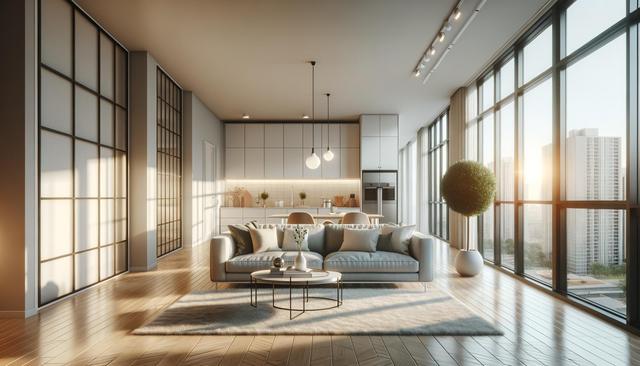
Navigating Apartment Rentals: Your Comprehensive Guide to Understanding Prices, Room Options, and Selection Criteria
Understanding Apartment Prices
When considering apartments for rent, one of the key elements to examine is the pricing structure. Prices can vary significantly based on several factors, including location, amenities, and the size of the apartment. Urban areas typically have higher rental costs due to demand and proximity to business districts. In contrast, suburban or rural areas may offer more affordable options. It’s crucial to research and compare prices within your desired area to ensure you are getting a fair deal. Consider additional costs such as utilities, parking, and pet fees, which can impact your overall budget.
Exploring Room Options
Apartment rentals come with various room configurations, catering to different needs and preferences. Common options include studios, one-bedroom, and two-bedroom apartments. Studios, while compact, offer an efficient use of space, ideal for individuals or those spending minimal time at home. One-bedroom apartments provide more privacy with separate living and sleeping areas, making them suitable for couples or single occupants valuing additional space. For families or roommates, two-bedroom apartments offer a balance of shared space and personal privacy. Consider your lifestyle and space requirements carefully when choosing the right configuration.
Selection Criteria for Apartments
Choosing the right apartment involves more than just comparing prices and room options. It’s essential to establish clear selection criteria that align with your personal and practical needs. Key factors might include:
- Proximity to work or school
- Access to public transport
- Amenities such as gyms or swimming pools
- Pet-friendly policies
- Security features
Weigh these criteria based on your priorities and lifestyle. For instance, if you rely on public transport, living near a major transit line might be more important than having a larger living area.
Negotiating Rental Agreements
Once you’ve identified potential apartments, the next step is negotiating the rental agreement. Understand the terms of the lease, including the duration, deposit requirements, and any clauses regarding rent increases. Being well-informed about the local rental market can give you leverage in negotiations. Don’t hesitate to ask for clarity on any terms you find confusing. Some landlords may be open to discussion on rent prices or improvements, especially if you’re willing to sign a long-term lease. Ensure everything agreed upon is documented in the contract to avoid future disputes.
Finalizing Your Decision
After thorough research and negotiation, it’s time to make your decision. Consider revisiting your top choices to assess them in person, paying attention to the condition of the property and the neighborhood ambiance. Trust your instincts and evaluate whether it feels like a place you’d be comfortable calling home. Once decided, prepare to sign the lease and organize your move accordingly. Remember, finding the right apartment is a significant step towards creating a comfortable living environment that suits your needs and lifestyle.
Conclusion
Renting an apartment requires careful consideration of various factors including price, space, and personal preferences. By thoroughly understanding these elements, potential renters can make informed decisions that lead to a satisfying living arrangement. Whether it’s proximity to work, the need for certain amenities, or understanding the terms of a rental agreement, a methodical approach can ease the process. Ultimately, choosing the right apartment involves balancing practical needs with personal comfort, ensuring that your new home is both welcoming and functional.